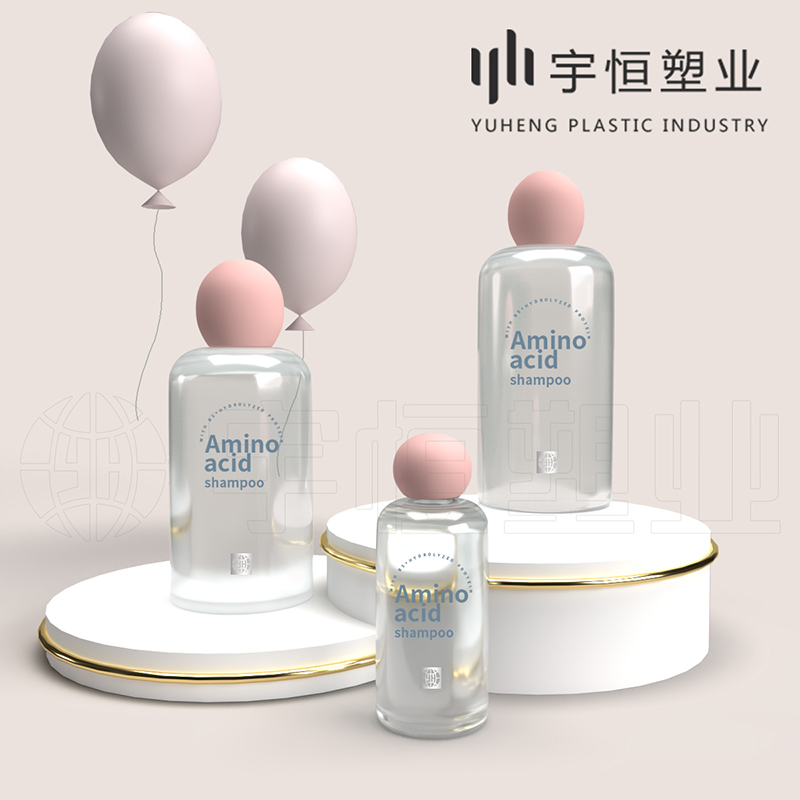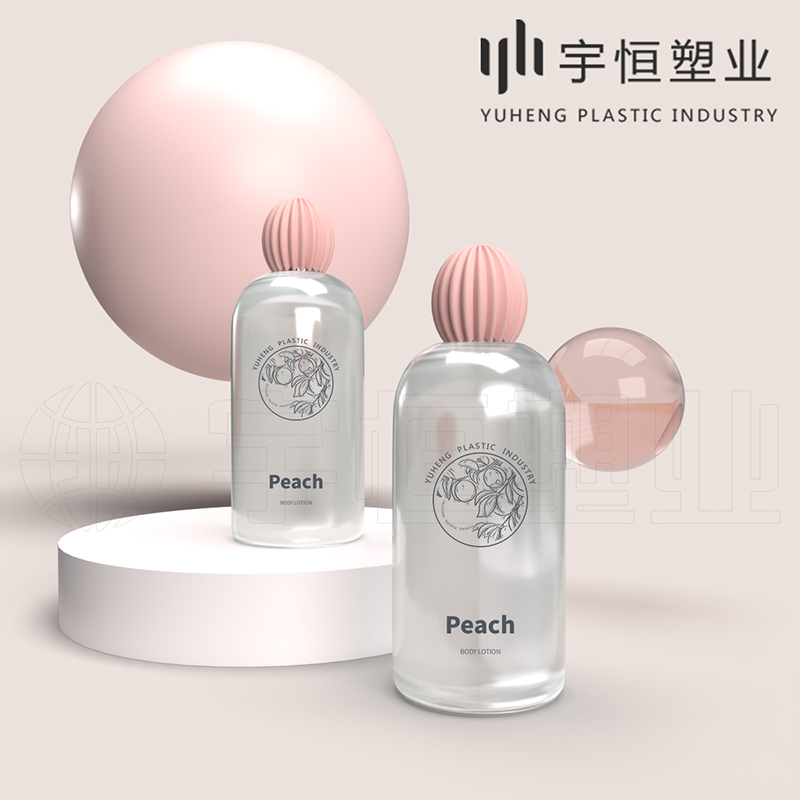Cosmetic plastic bottles serve as crucial packaging forms for cosmetics, and their appearance design and information labeling have significant impacts on product sales and brand promotion. As an indispensable part of the production process of cosmetic plastic bottles, the labeling process is not only related to the aesthetics of the product but also directly affects product information transmission and market competitiveness. This article will introduce in detail the labeling processes in cosmetic plastic bottles, aiming to provide a reference for relevant practitioners.

I. Overview of Labeling Processes
The labeling process involves attaching labels to the surface of cosmetic plastic bottles, aiming to provide product information, brand identification, and decorative effects. Common labeling methods include directly attaching adhesive labels, in-mold labeling, and other decorative processes such as hot stamping and silk-screen printing.

II. In-Mold Labeling Process
In-mold labeling is an advanced labeling technique, particularly suitable for the packaging of cosmetic plastic bottles. The process flow is as follows:
Material Preparation: High-quality materials such as PET, PP, or PE are selected, melted at high temperatures through injection molding machines, and injected into molds to form bottle preforms.
Label Production: The designed label pattern is printed onto a decorative film, which generally includes a film layer, a printing ink layer, and a hot-melt adhesive layer.
In-Mold Labeling: During the injection molding or blow molding process, the printed decorative film is placed inside the mold and combined with the molten plastic bottle preform. Under high temperature and pressure, the hot-melt adhesive on the label melts and integrates with the bottle surface.
Molding and Cooling: After cooling and shaping in the mold, the label firmly adheres to the bottle body, forming a beautiful cosmetic plastic bottle.

Advantages of In-Mold Labeling Process:
Increased Design Freedom: Allows for the printing of complex and intricate patterns.
No Mold Change for Pattern Modification: Saves time and costs.
Wear-Resistant and Strengthened: The film layer protects the pattern, extending the product's lifespan.
Superior Anti-Counterfeiting Performance: Compared to adhesive labels, in-mold labels offer higher anti-counterfeiting effects.

III. Adhesive Label Labeling Process
For some cosmetic plastic bottles, adhesive labels are still commonly used as a labeling method. The process flow is as follows:
Label Production: Adhesive labels are printed and produced according to design requirements.
Bottle Cleaning: Ensure the bottle surface is clean, smooth, and free of oil and dust.
Glue Application and Labeling: Attach the adhesive label to the bottle surface using a labeling machine or manually.
Ironing and Inspection: Use tools such as rubber squeegees to flatten the label, eliminate wrinkles and bubbles, and conduct quality inspections.

Points to Note in Adhesive Label Labeling Process:
Select Appropriate Film Material: Choose the suitable film material based on the bottle material (e.g., rigid PET or squeezable plastic).
Label Static Electricity Treatment: Completely eliminate static electricity from the label before labeling to ensure the label exits smoothly.
Adjust Labeling Speed: Make the bottle's movement speed slightly faster than the label's exit speed to avoid bubble formation.

IV. Other Labeling Processes
Besides in-mold labeling and adhesive label labeling, cosmetic plastic bottles can also adopt other decorative processes such as hot stamping, silk-screen printing, spray coating, and water transfer printing. These processes can be customized according to customer requirements, providing diverse appearance effects and brand identification.

The labeling process of cosmetic plastic bottles is an indispensable part of the product packaging process. In-mold labeling has become the mainstream technology for the packaging of cosmetic plastic bottles due to its high precision, anti-counterfeiting, and decorative properties. Adhesive label labeling and other decorative processes provide more options to meet the diverse needs of customers. As manufacturers of cosmetic plastic bottles, they should continuously learn and master advanced labeling technologies to improve product quality and market competitiveness.




